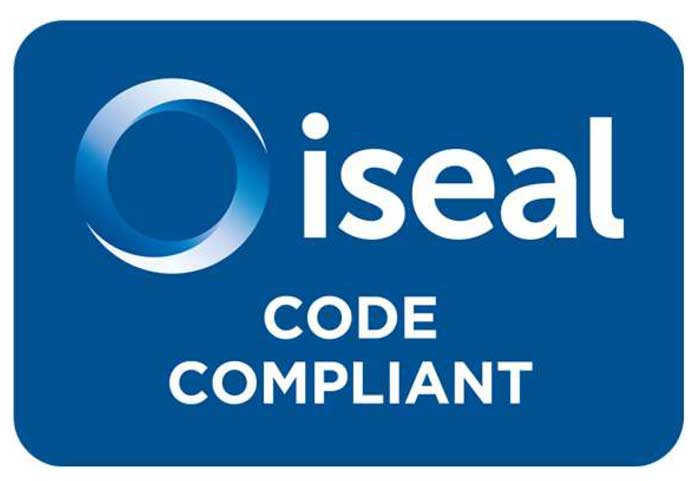Sustainability-linked finance
Sustainability-linked finance is designed to reward borrowers for achieving measurable improvements in their ESG impacts and performance.
ASI’s role in sustainability-linked finance
Trillions of dollars in capital will be mobilised in transforming the world’s supply chains to mitigate environmental, social and governance (ESG) risks. ASI is engaging with the finance and investment sector to link with the rapidly growing area of sustainability-linked finance.
Sustainability-linked finance is designed to reward borrowers for achieving measurable improvements in their ESG impacts and performance. According to the IFC, sustainability-linked finance is expected to continue growing and evolving rapidly across a range of markets.
Drivers include rising public awareness of climate change risks and global inequalities, and a suite of both legislative and voluntary initiatives that push, pull and encourage financial institutions and corporates alike to move towards sustainable finance.
Companies can achieve a lower cost of capital and a diversified investor base, and borrowers and regulators can support impact investing.
Incentive structures can vary, including an increase in the interest rate paid by the firm if an ESG target is missed or a decrease if the target is met, or both. Pricing structures are expected to further evolve as the market for sustainability-linked financing matures.
In addition to pricing incentives, negotiating sustainability-linked finance can demonstrate to investors, counterparties, employees, and other stakeholders that a company is committed to ESG improvements.
Independent assurance contributes to sustainable finance frameworks.
Sustainability-linked financial instruments are structured around specific ESG performance targets. These usually address the key sector-specific ESG challenges faced by a client and its broader industry. Most instruments to date have focused on carbon emission reduction metrics, but other social and environmental indicators are now also growing in use.
Some investors are committing to assess ESG performance with the same rigour as liquidity and credit risk.
It is thus essential for ESG targets to be verifiable. Investors often prefer that metrics be measured or audited by a recognised and reputable external provider. This creates a critical role for sector-focused third-party certifications.
ASI members represent combined revenues of more than US$1.36 trillion.
Given the capital-intensive nature of the aluminium sector, we aim to position ASI as a key partner in driving change.
Material sustainability metrics should be linked to ambitious targets, as well as credible and meaningful action plans to achieve them. Disclosure of targets – and progress against these – is a critical element. For the aluminium value chain, a wide range of ESG topics, including decarbonisation and broader transparency, are strongly supported by ASI Standards.
The finance sector is rapidly becoming as important a driver for supply chain sustainability as ‘market pull’ by downstream customers. In the aluminium sector, billions of dollars in finance have already been structured under green bonds, KPI-linked bonds and sustainability-linked revolving credit facilities.
ASI’s strategic approach to the growth in sustainability-linked finance includes engagement with banks, members and multi-stakeholder initiatives. We welcome the opportunity to contribute to positive impact from aligning financial flows with sustainability objectives.
Develop your strategy for sourcing aluminium responsibly with ASI, building on ASI’s Performance and Chain of Custody Standards in your supply chains.
More information:
SHARE THIS PAGE:


